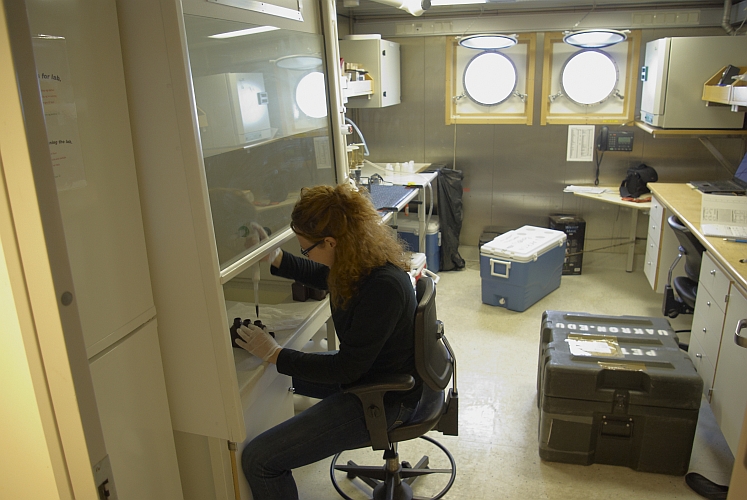The traditional focus upon large-sized ice algae in polar regions is inadequate in the Barents and Beaufort Seas, where the open water phytoplankton assemblages are dominated by pico- and nano-sized algae. These small celled phytoplankton form the base of a dynamic microbial food web, which is hypothesized to play a significant role in the Barents ecosystem. Furthermore, it has been suggested that microzooplankton (mostly ciliates and dinoflagellates) herbivory is far greater than that of the larger Calanus species. In turn, the copepods need to graze microzooplankton, since large-size autotrophs may be too scarce to sustain their growth and reproductive efforts. If correct, these assumptions will have far reaching implications for our understanding of this and other Arctic shelf ecosystems. Primary production consumed by microzooplankton is channeled to mesozooplankton and remineralized in the water column. Since microzooplankton do not produce rapidly sinking fecal pellets, the net effect of increased energy flow through microzooplankton is increased carbon retention in the mixed layer and weaker pelagic-benthic coupling.
This study aims to examine the following questions:
• What is the capacity of microzooplankton to use primary production under different sea temperature and ice conditions?
• Do distinct water masses and ice cover determine the taxonomic composition of microzooplankton in the Barents Sea?
• What is the relative importance of microzooplankton in pelagic copepod and krill diets?
• What is the spatial distribution of phytoplankton and microzooplankton standing stocks in response to the change in ice cover?

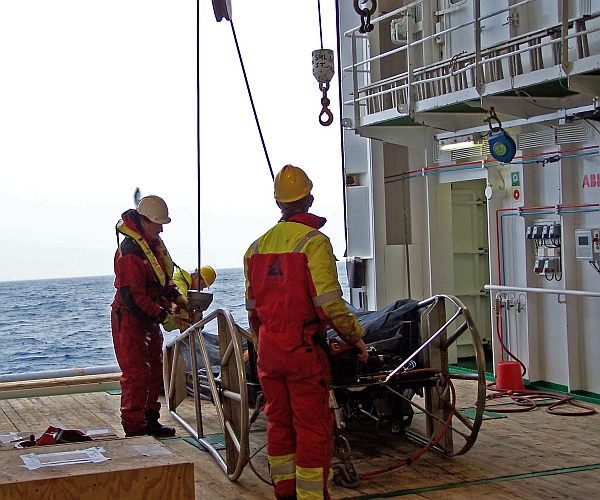
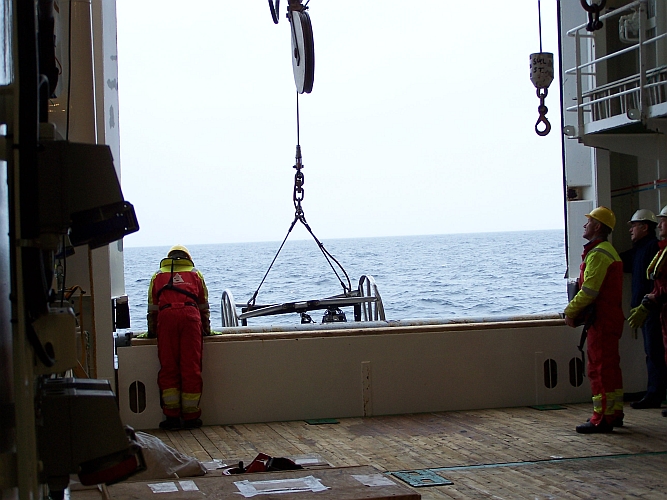
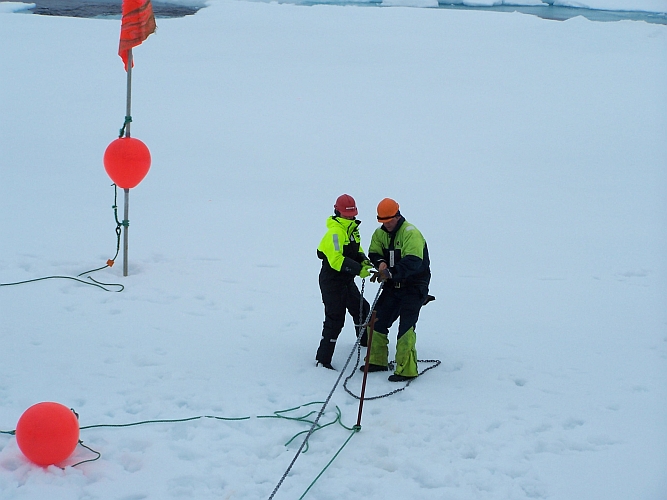
.jpg)
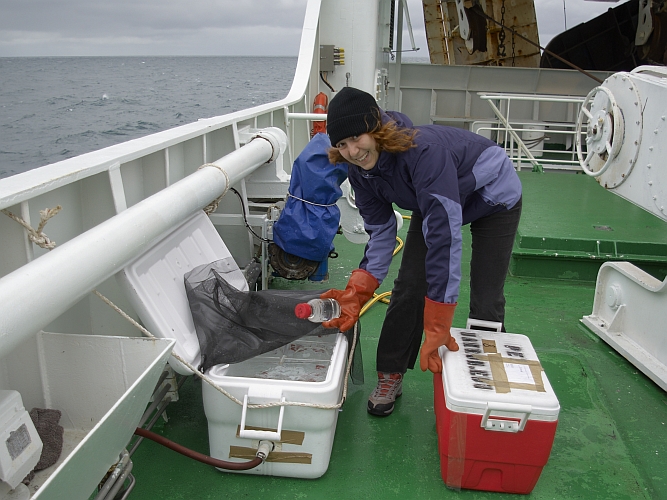
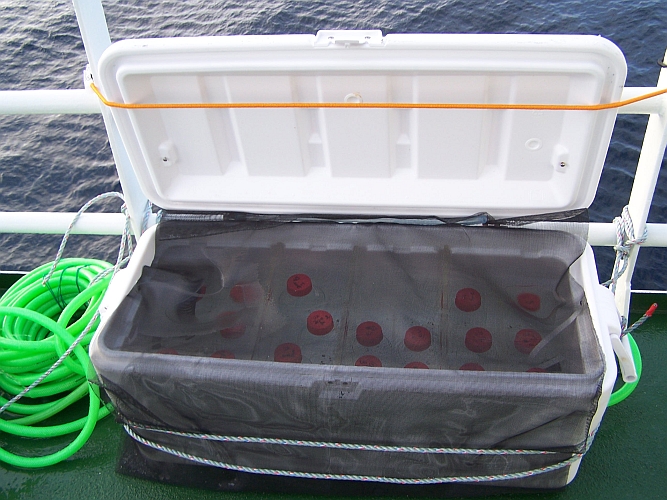
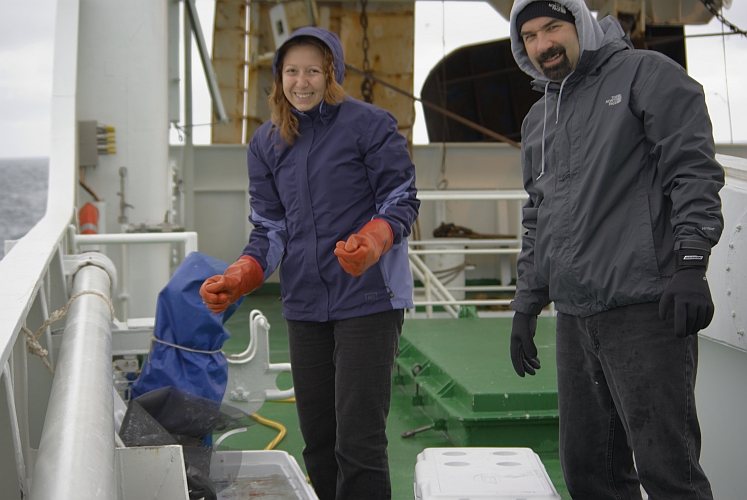
.jpg)
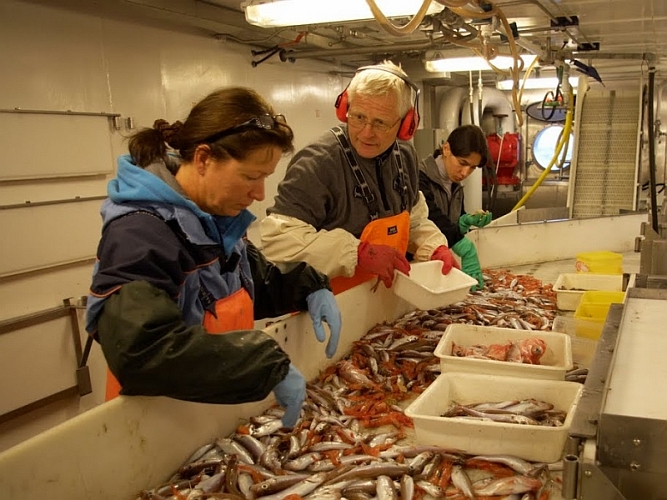
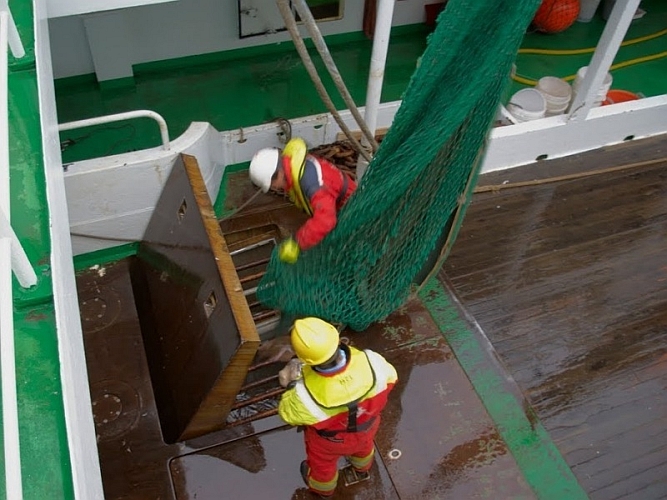
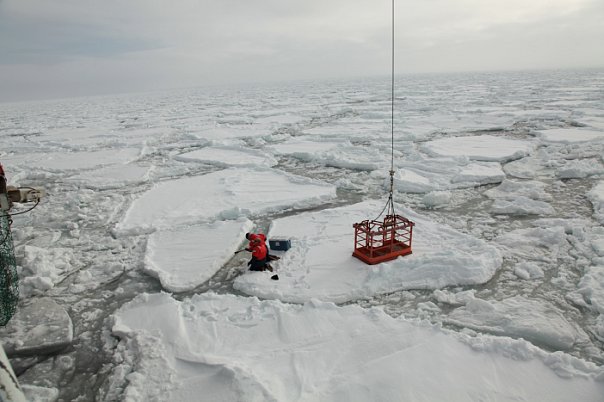
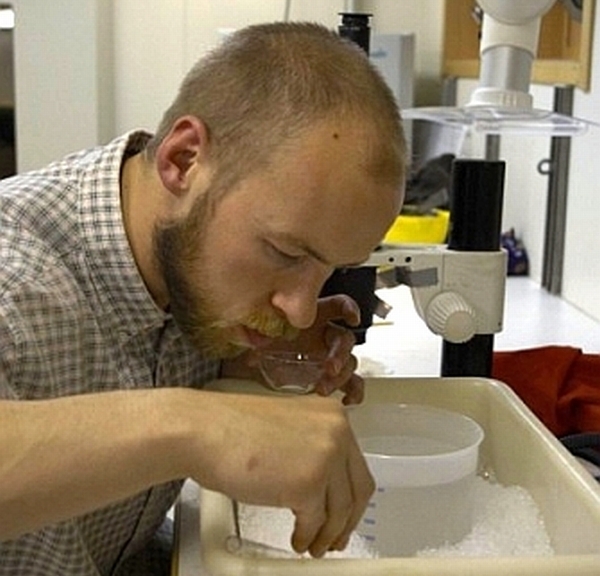
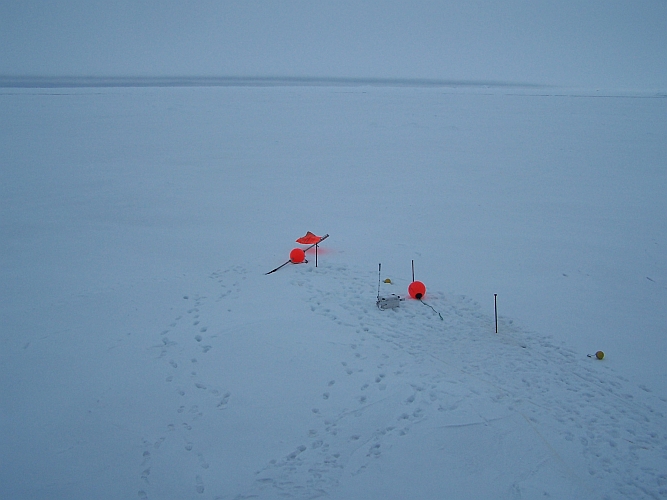
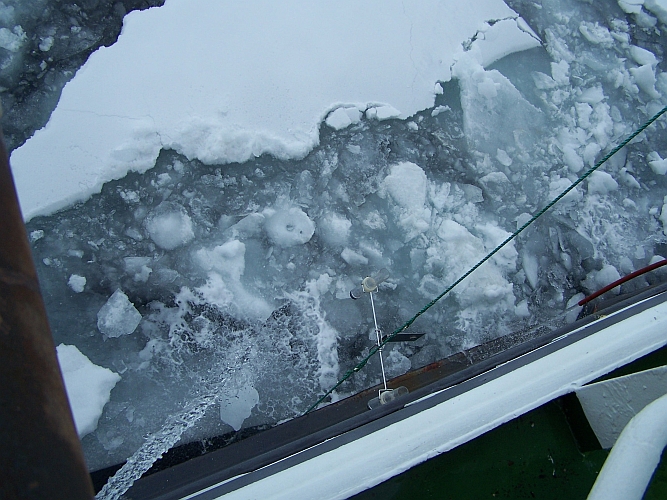
.jpg)
.jpg)
.jpg)
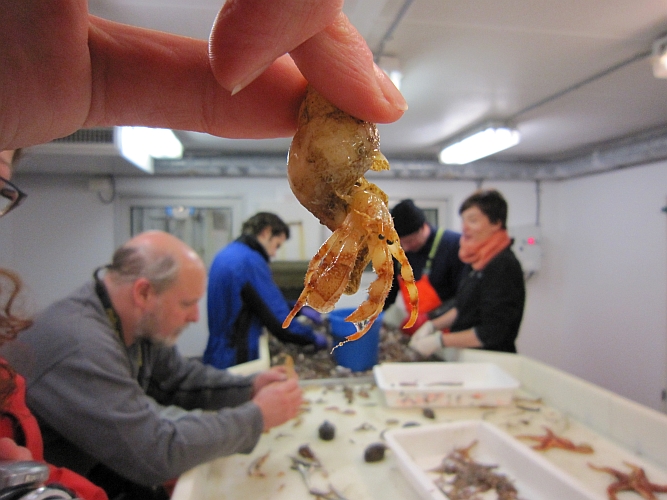
.jpg)
